
GUEST BLOGGER ROBERTA GIBSON
Marjory Saves the Everglades: The Story of Marjory Stoneman Douglas by Sandra Neil Wallace and illustrated by Rebecca Gibbon introduces readers ages 4 to 8 to nature, environmental conservation, Florida, and women’s history.
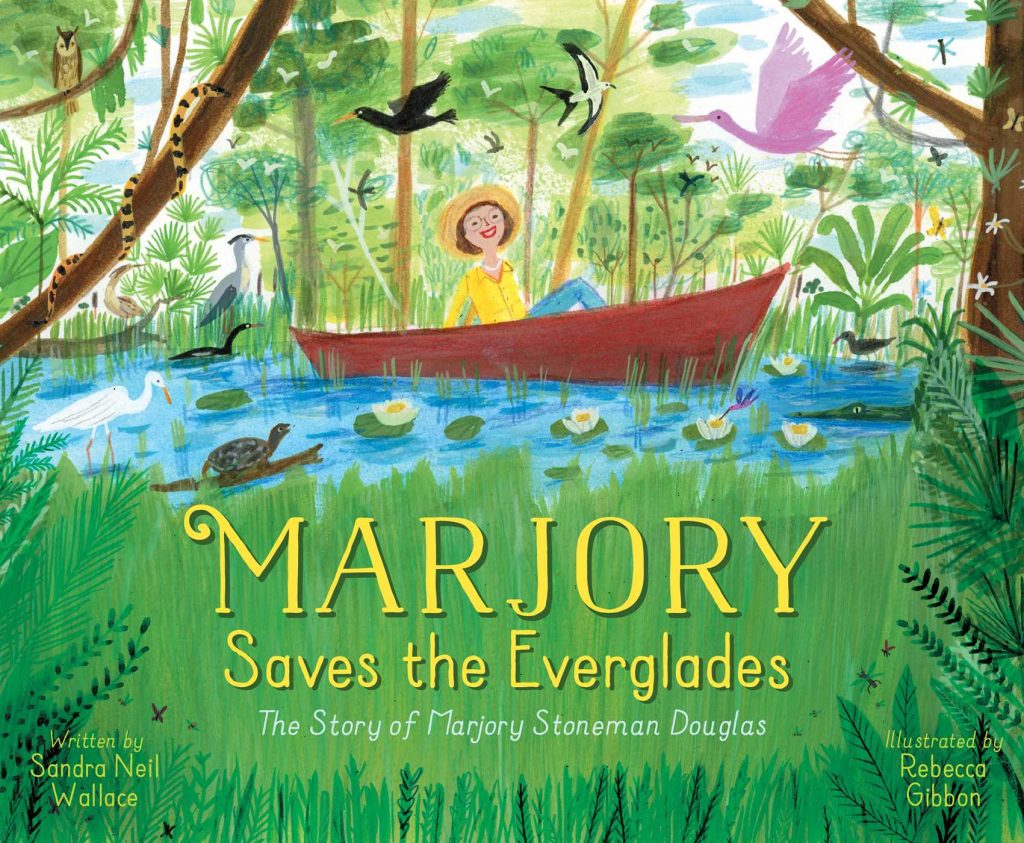
Marjory Stoneman Douglas moved to Miami prior to World War I to become a reporter for her father’s newspaper. After serving in the Red Cross in Europe during the war, she returned to Florida. There she found, much to her dismay, that what once had been wilderness was now a vast swathe of homes and businesses. Marjory realized how important the Everglades were and worked hard to save what was left and then to restore them.
Meet Marjory and the Everglades
Show your students the cover image. Ask them the following questions:
- What is the first thing they notice?
- How many different animals do they see? What are their names?
- Describe the kinds of plants they see.
- What do you think the book is about?
Read the title.
- What are the Everglades?
- Do you know where the Everglades are found?
After reading Marjory Saves the Everglades, Re-read the her quote to students, “There are no other Everglades in the World.” Ask students to discuss what they think she meant.
Geography of the Everglades
Show students a map of Florida. Ask if they have ever visited Florida.
Ask your students to locate Lake Okeechobee on the map. Explain that Lake Okeechobee is the second largest freshwater lake contained entirely within the continental United States (Lake Michigan is the largest). Lake Okeechobee is where the Everglades start.
Find the following:
- Everglades National Park
- Big Cypress National Preserve
- Florida Bay

The Importance of Words
Marjory Douglas used words to convince others to save the Everglades. Let’s explore some of the words she used.
The name “Everglades” can be broken into two parts. A “glade” is a grassy area without trees. The “ever” part comes from the word forever. Thus, the Everglades are a grassy area that goes on forever.
She popularized the name “River of Grass” for the Everglades. Why does she say river rather than swamp?

Everglades ecology vocabulary
Ecosystem – A community of living things and their distinctive environment
Wetland – Ecosystem covered at least part of the year with either freshwater, brackish water (partly salty) or salt water. Types of wetlands include:
- Swamps –wet areas with trees
- Marshes – Low-lying wet areas dominated by grasses and some bushes rather than trees. Can be found at the edges of lakes or streams. Salt marshes occur along oceans.
River – A large volume of water that runs downhill.
Although trees grow in the Everglades, the ecosystem is technically a river rather than a swamp because water flows through it. It can be described as a shallow river that is roughly one hundred miles long and fifty miles wide.
If possible, talk about or visit wetlands near your community. Discuss the importance of wetlands to prevent flooding and erosion, as well as to maintain the water table and critical sources of fresh water.
The Everglades has many unique plants and animals. See it live by visiting the Anhinga Trail Webcam for recent videos of the Everglades.
Special plants in the Everglades
In addition to the grasses, there are Cypress domes, which are home to alligators.
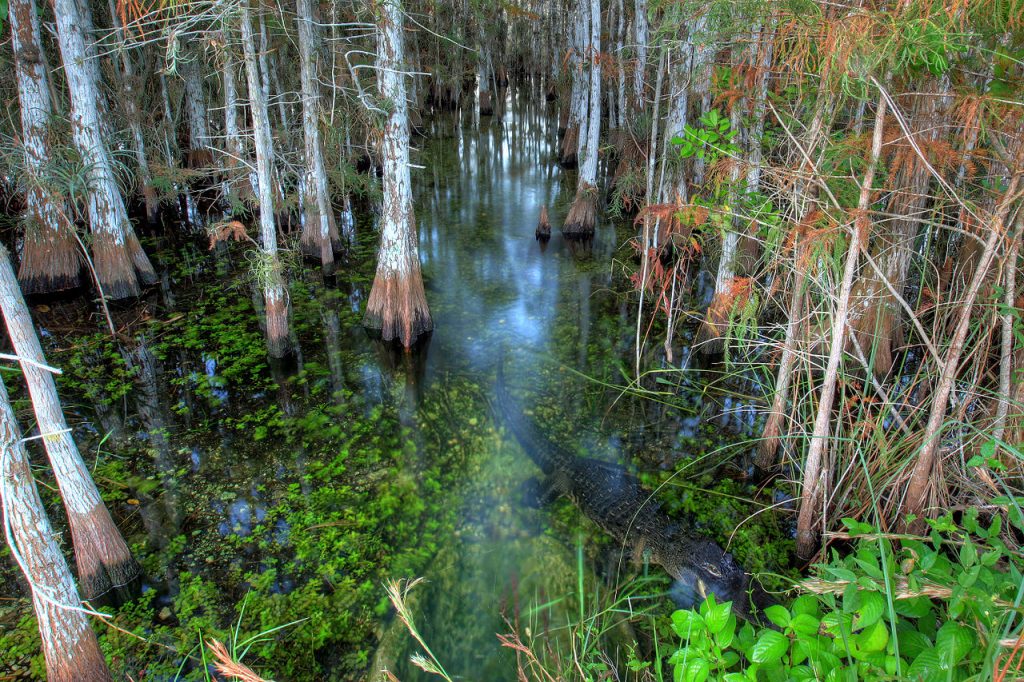
The cypress trees are extra wide at the base where they meet the water.
Alligators are key species in the area because they create mud holes during the dry season. In the rainy season the holes fill with water and support many other kinds of plants and animals.
The book mentions mangroves, which are plants that often grow in tidal areas, or half in and half out of the water. Mangroves are critical to prevent erosion and act as shelter for many animals, especially during storms. The mangroves can also remove pollutants from the water.
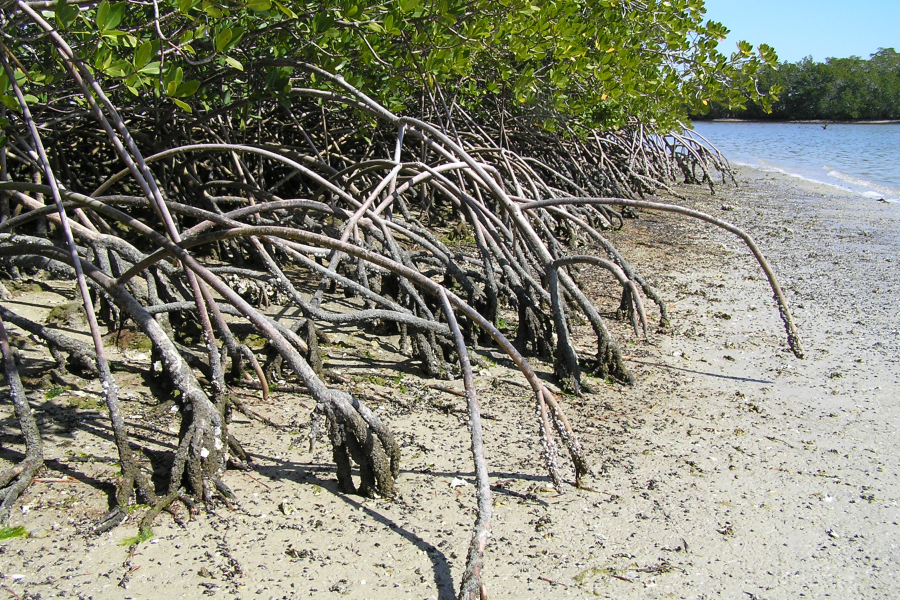
Special animals in the Everglades
Read through the book a second time. Write down the names of the special animals mentioned or shown in the illustrations. Look in the back matter for more facts about them.
Activity: Research an Animal
Pick a favorite animal from the list in the book and learn more about it. Research facts such as what it eats (herbivore, carnivore, or omnivore), where it lives (in the water, on land, or both), what might harm it, and what can be done to help it survive. Try to find out why the animal is important to the ecosystem.
For example, sea turtles sometimes eat floating plastic bags, which makes them sick. Refrain from using plastic bags or make sure they are properly recycled to help sea turtles survive.
Wrap-up activity
Can you imagine what the world would be like without sea turtles or manatees? Write a letter as if you were thanking Marjory Stoneman Douglas for all the work she did to help preserve the Everglades. Tell her about what you’ve discovered about the Everglades.

Roberta Gibson is an entomologist and book lover. She worked for a number of years as a research specialist before she caught the writing bug. Her picture book How to Build an Insect is slated for release by Millbrook in April 2021. She lives in Phoenix, Arizona with her husband and son. In her spare time she gardens, takes photographs, and writes for way too many blogs. You can visit her at https://robertagibsonwrites.com/ , Twitter @RobertaGibson or Instagram @RobieGibson.
Featured image credit: “American Alligator, Everglades National Park” by Joe Parks is licensed under CC BY-NC 2.0


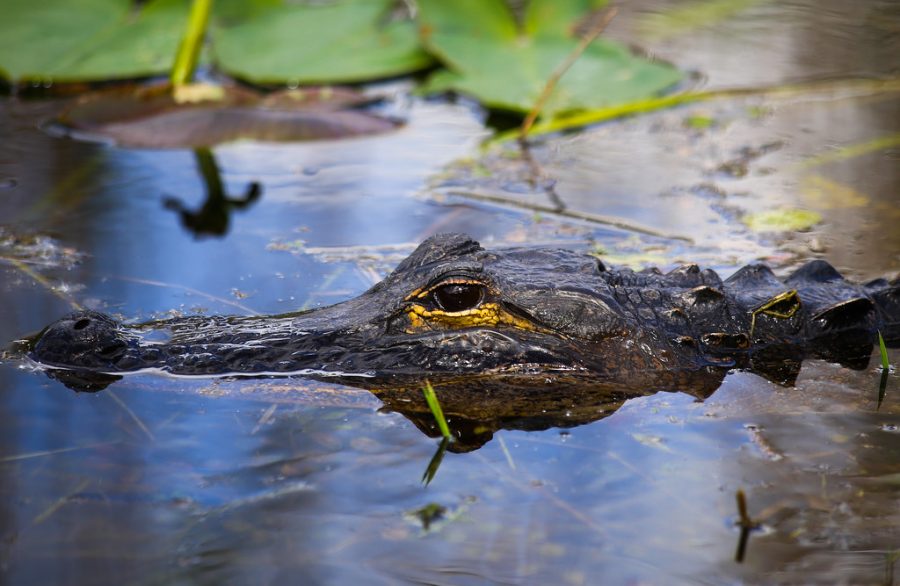
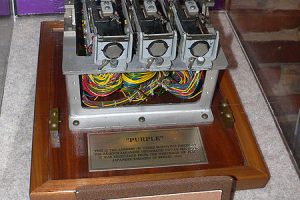
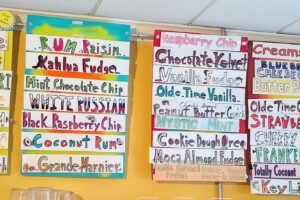



3 Comments
Leave your reply.